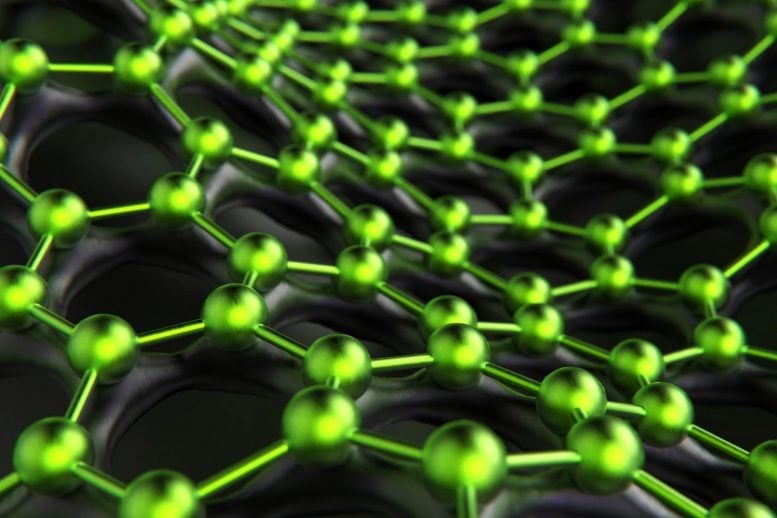
New collaborative research describes how electrons move through two different configurations of bilayer graphene, the atomically-thin form of carbon. These results provide insights that researchers could use to design more powerful and secure quantum computing platforms in the future.
Researchers describe how electrons move through two-dimensional layered
When a material is designed at these small scales, to the size of a few nanometers, it confines the electrons to a space with dimensions that are the same as its own wavelength, causing the material’s overall electronic and optical properties to change in a process called quantum confinement. In this study, the researchers used graphene to study these confinement effects in both electrons and photons, or particles of light.
The work relied upon two advances developed independently at Penn and Brookhaven. Researchers at Penn, including Zhaoli Gao, a former postdoc in the lab of Charlie Johnson who is now at The Chinese University of Hong Kong, used a unique gradient-